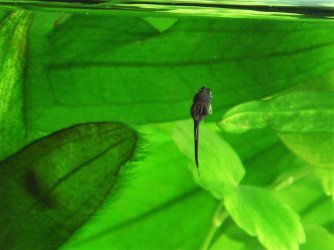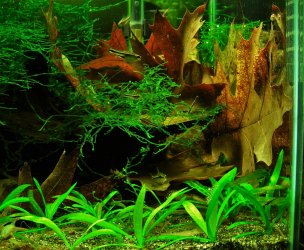Wanna share some photos of these oddballs. Anyone keep farlowella twig catfish (the farlowella group particularly, but ill also count the sturistoma group AKA royal farlowella and kin)
@DwarfCichlidLvr i know you got one!
I have 2.
A female farlowella platorynchus



And a female farlowella vittata




I know theyre a difficult fish to keep, but wondering how many others keep them. I love these fish, so neat. I mean they dont do a whole lot, by day they sit on driftwood and look like a stick, but at night theyre always out cleaning my glass, hopping around from plant to plant and branch to branch. So fun trying to find them. And if they get annoyed with another fish or shrimp, they swat it with their long tails lol
@DwarfCichlidLvr i know you got one!
I have 2.
A female farlowella platorynchus
And a female farlowella vittata
I know theyre a difficult fish to keep, but wondering how many others keep them. I love these fish, so neat. I mean they dont do a whole lot, by day they sit on driftwood and look like a stick, but at night theyre always out cleaning my glass, hopping around from plant to plant and branch to branch. So fun trying to find them. And if they get annoyed with another fish or shrimp, they swat it with their long tails lol
Last edited:









